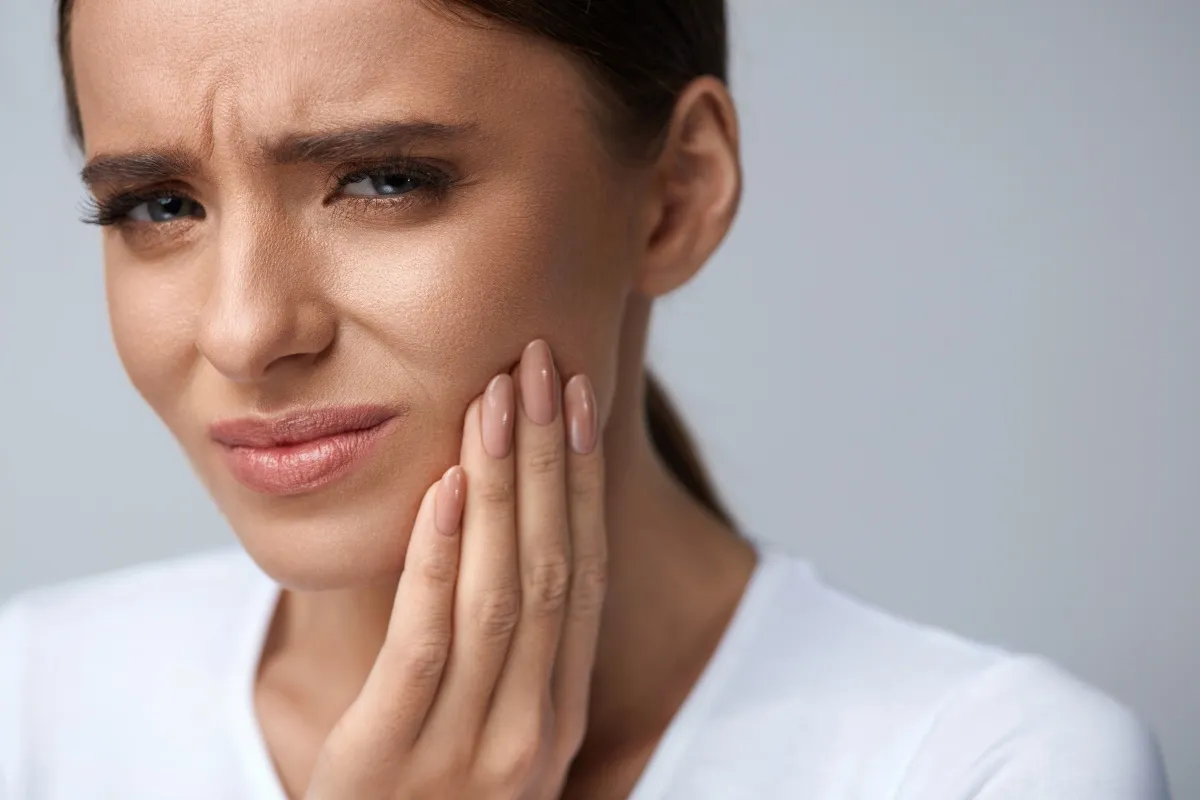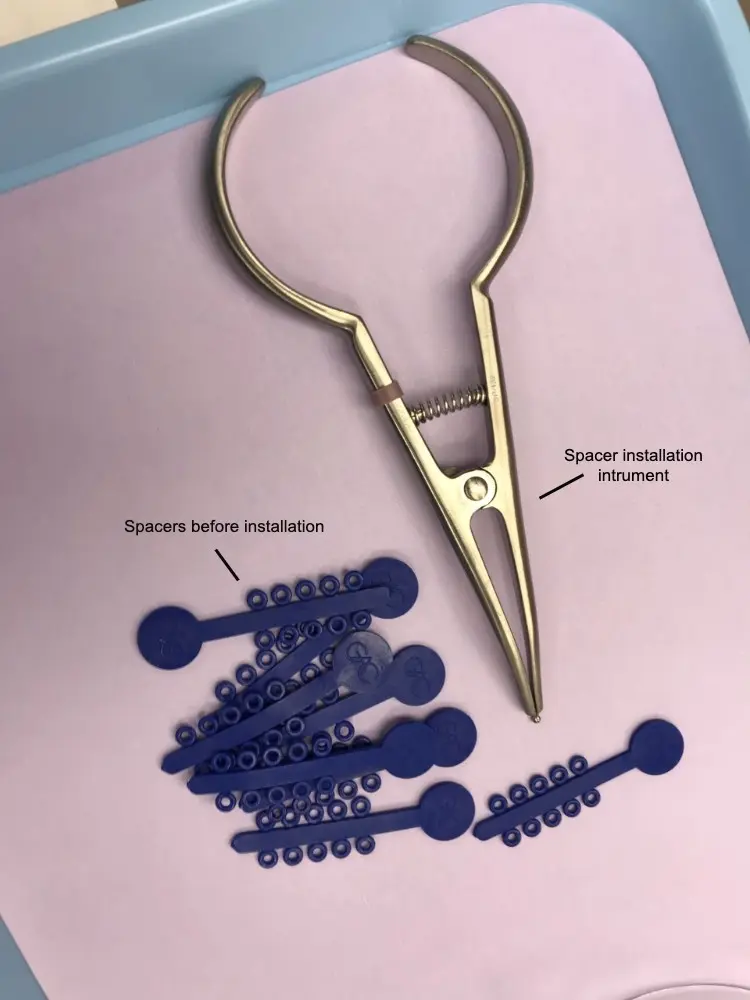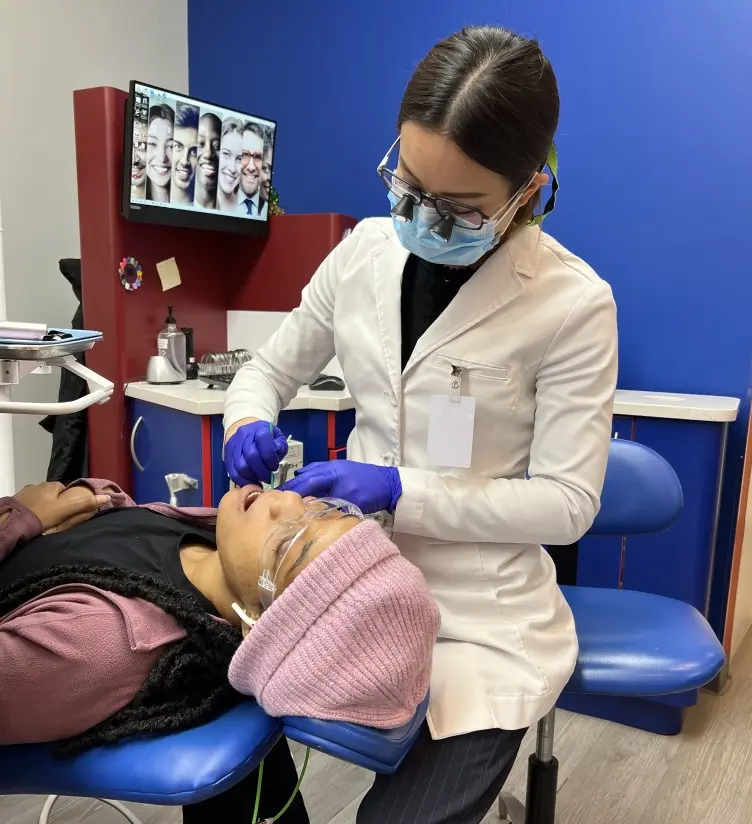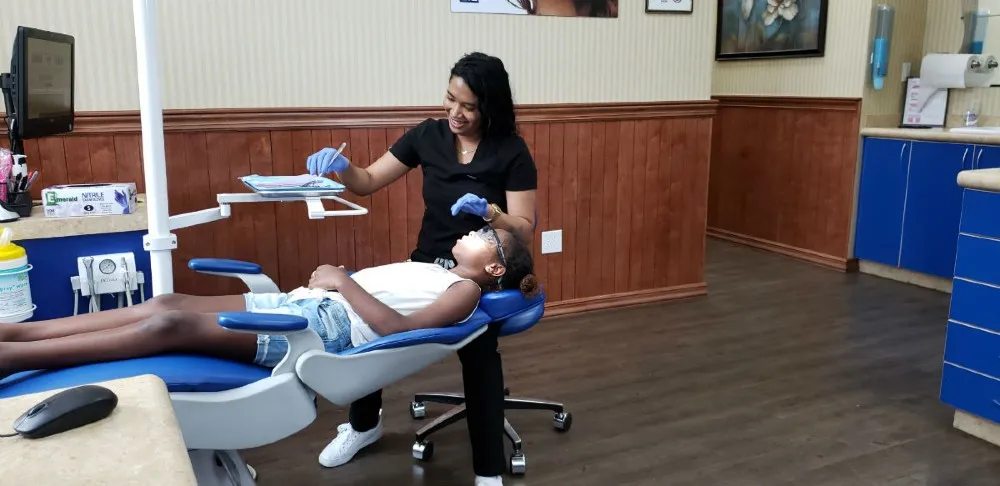Can You Eat Cereal With Braces?
Cereal has been a breakfast staple for decades. Many of us enjoy a nice bowl of our favorite cereals to eat for breakfast. However, if you have braces, you may be wondering if you can enjoy your favorite cereal.

Orthodontists use braces spacers to create space between teeth. This space is necessary for the orthodontic appliance, specifically the molar bands.
Spacers for braces can cause pressure, leading to discomfort or pain. However, it’s usually not extremely painful. For “Braces spacers pain relief”, consult your orthodontist.
The level of pain you experience depends on your sensitivity and how closely your teeth are positioned. If your teeth are extremely close together, the spacers may cause more discomfort. This discomfort is often compared to the feeling of having food stuck between your teeth.
Over time, your teeth will adjust to the spacers. The discomfort should subside after 2-3 days. However, you may still feel the pressure of the spacers while they are in place. This is normal and indicates that the spacers are doing their job.
If the pain or discomfort continues, consider taking over-the-counter pain relief such as ibuprofen or Advil. Drinking a cool beverage like a smoothie can also help soothe the discomfort. Another option is to suck on a clean washcloth soaked in cold water.
During braces treatment, many patients report feelings of pressure, discomfort, or pain. Several ways exist to alleviate this discomfort. Most people find they adjust to it as part of the process of straightening their teeth.
The braces work by using brackets and wires, often made of stainless steel, to gradually move your teeth into the desired position. Remember, every step of the process, including the use of spacers, contributes to the final result of a straighter smile.

During your orthodontic treatment, when you wear braces, orthodontic spacers or metal spacers are installed. You must make sure they don't become loose from in between your teeth. Avoid sticky foods as they can stick to the spacers and potentially dislodge them.
If your teeth feel uncomfortable because of the spacers, soft foods will be gentle on them without dislodging the spacers.
Since you can’t floss where the orthodontic bands are inserted between your teeth, avoid foods that can get stuck between your teeth.

Caring for braces spacers tips are essential for successful orthodontic treatment. Regular brushing and flossing are key. However, avoid flossing in the areas where spacers are placed. This helps prevent them from moving.
When you brush, use a back-and-forth motion across your teeth. This technique helps to keep the spacers in their correct position. Following these tips can make your orthodontic process smoother and more effective.
Be mindful of what you eat to prevent the spacers from coming loose – refer to the provided guide for foods to avoid. Avoid chewing gum during this period. If the spacers fall out 1-4 days before your scheduled orthodontist visit, it's fine; it means they've done their job. However, if they fall out more than 4 days before your visit, contact your orthodontist promptly – they may need to be reinserted.
Following these simple steps ensures the effectiveness of your spacers, paving the way for a smooth braces application process. Brush your teeth diligently, be cautious with your food choices, and stay on top of spacer care for optimal results.

Orthodontic separators are medical tools. Only a licensed orthodontist and their team should use them.
You might think elastic rubber band separators look like regular rubber bands. However, you cannot utilize ordinary rubber bands as separators. They might damage your teeth or gums.. They could even get stuck and cause gum infection or inflammation.
Always follow your orthodontist’s instructions for braces care. Your cooperation and oral health are key to getting a healthy, beautiful smile.
Now, let’s address the question, “Can you use rubber bands instead of orthodontic separators?” The answer is no. Using regular rubber bands instead of orthodontic separators can lead to dental damage or gum issues.
Different types of braces are available. These include traditional metal braces, lingual braces, ceramic braces, and Invisalign. Each type has its own advantages and is suitable for different needs. Always consult with your orthodontist to choose the best option for you.